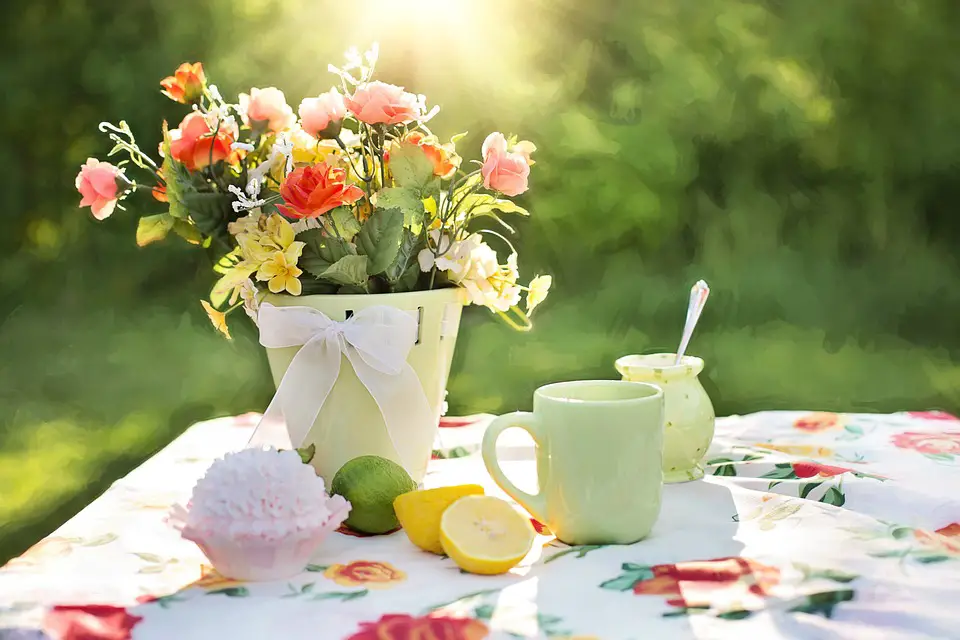Creating a butterfly haven in your garden not only adds beauty to your outdoor space but also supports essential pollinators. Planting a pollinator-friendly flower garden is a great way to attract butterflies, bees, and other beneficial insects to your yard. In this guide, we’ll explore how to design and cultivate a garden that will attract and support these important pollinators.
Benefits of a Pollinator-Friendly Garden
A pollinator-friendly garden not only attracts butterflies and bees but also supports biodiversity. By planting a variety of flowers, you can help sustain a healthy ecosystem and promote the growth of fruits and vegetables in your garden.
Attracting Butterflies
Butterflies are not only beautiful to look at but are also important pollinators. By planting nectar-rich flowers such as butterfly bush, milkweed, and coneflowers, you can attract these delicate insects to your garden.
Attracting Bees
Bees play a crucial role in pollination and are essential for the growth of many crops. By planting flowers such as lavender, sunflowers, and bee balm, you can attract bees to your garden and help support their population.
Creating a Habitat
To create a welcoming habitat for butterflies and bees, consider planting a variety of flowers that bloom at different times of the year. This will ensure a continuous food source for these pollinators throughout the seasons.
Designing Your Pollinator-Friendly Garden
When designing your pollinator-friendly garden, consider the following factors:
- Choose a sunny location for your garden
- Plant a variety of flowers that bloom at different times of the year
- Include native plants in your garden
- Provide water sources for butterflies and bees
- Avoid using pesticides in your garden
Sample Planting Plan
Here is a sample planting plan to help you get started with your pollinator-friendly garden:
| Plant | Season | Height |
|---|---|---|
| Butterfly Bush | Summer | 3-5 feet |
| Milkweed | Spring | 2-3 feet |
| Coneflowers | Summer | 1-3 feet |
Conclusion
Creating a pollinator-friendly garden is a rewarding way to support biodiversity and attract beautiful butterflies and bees to your yard. By following the tips in this guide, you can design and cultivate a garden that will provide a haven for these important pollinators.
FAQs
1. What flowers attract butterflies?
Flowers such as butterfly bush, milkweed, and coneflowers are known to attract butterflies.
2. How can I attract bees to my garden?
Planting flowers like lavender, sunflowers, and bee balm can help attract bees to your garden.
3. What are some ways to create a welcoming habitat for pollinators?
Planting a variety of flowers that bloom at different times of the year and providing water sources can help create a welcoming habitat for pollinators.
4. Can I use pesticides in my pollinator-friendly garden?
Avoid using pesticides in your garden as they can harm beneficial insects like butterflies and bees.
5. Do I need a large garden to attract pollinators?
You can attract pollinators to even a small garden by planting a variety of flowers that bloom throughout the seasons.
6. What are some native plants that attract pollinators?
Native plants such as coneflowers, milkweed, and bee balm are great choices for attracting pollinators.
7. How often should I water my pollinator-friendly garden?
Water your garden regularly, especially during dry periods, to provide a water source for butterflies and bees.
8. Can I attract butterflies and bees with bird feeders?
While bird feeders can attract birds, butterflies, and bees are more attracted to nectar-rich flowers.
9. What time of day are butterflies most active?
Butterflies are most active during the warmest part of the day, typically in the afternoon.
10. How can I learn more about creating a pollinator-friendly garden?
Visit your local garden center or botanical garden for more information on creating a pollinator-friendly garden in your area.
